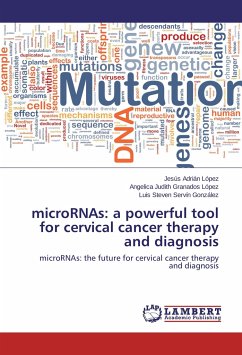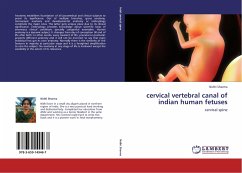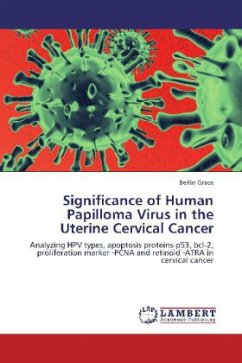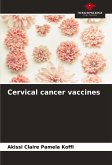Tumor cells have developed advantages to acquire hallmarks of cancer through cell signaling pathways misregulation. The sequential activation of genes in a pathway is regulated by miRNAs. Loss or gain of miRNA expression could activate o repress a particular cell axis. miRNAs are grouped in clusters with anti-oncomiRs and oncomiRs function that regulate MAPK, PI3K-AKT, NOTCH, proteasome-culling rings, and apoptosis cell signaling. In the progression of cervical cancer there are three well-established steps to reach cancer that we used in the model proposed here. The first step comprises gene changes that occur in normal cells to be transformed into immortal cells, the second comprises immortal cell changes to tumorigenic cells, the third step includes cell changes to increase tumorigenic capacity, and the final step covers tumorigenic changes to carcinogenic cells. Altered miRNAs and their target genes are located in each one of the four steps of the multistep model of carcinogenesis. Pathways regulated by miRNA families in combination with carcinogenesis model will increase the knowledge of cervical cancer therapeutic, diagnostic and prognostic methodologies design.
Bitte wählen Sie Ihr Anliegen aus.
Rechnungen
Retourenschein anfordern
Bestellstatus
Storno








